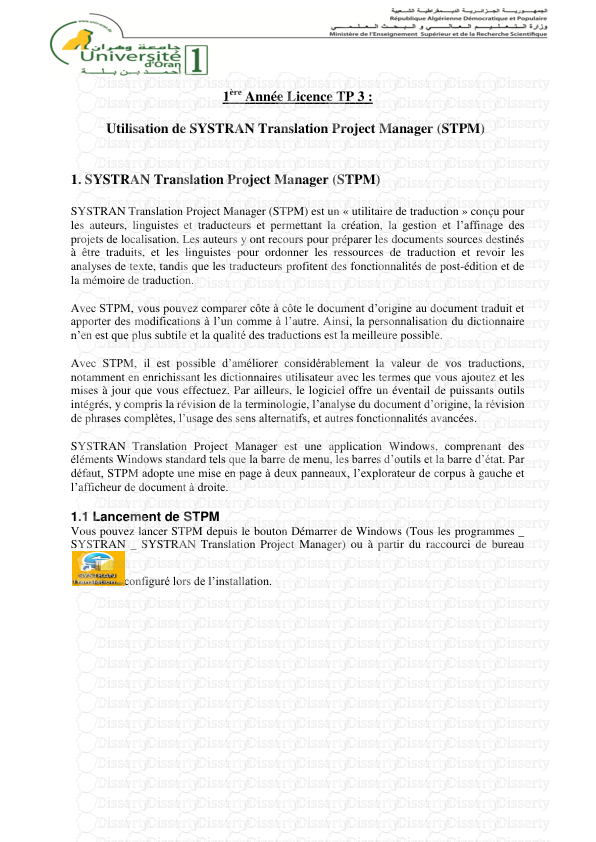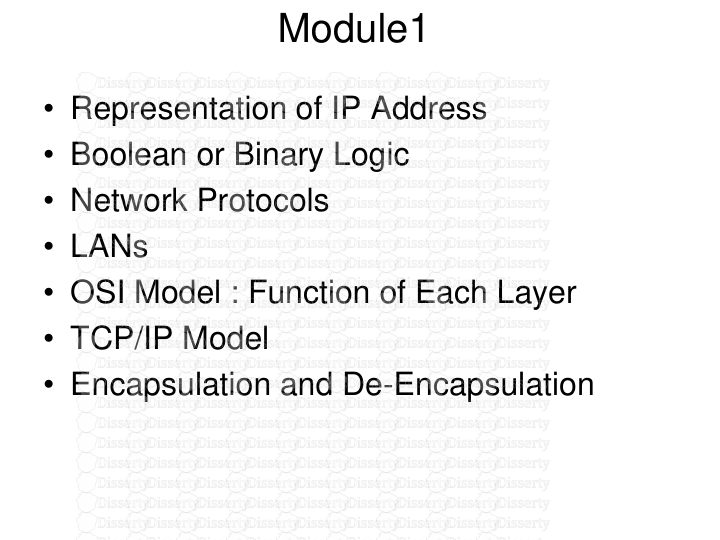0 Guide to superimposition of profile radiographs by “The Structural Method”. D
0 Guide to superimposition of profile radiographs by “The Structural Method”. Developed by Professor Arne Björk Per Rank, January 2010 1 Superimposition on the anterior cranial base: Figure 1. The nasion-sella line ( NSL ) has been used for many years as a reference line in longitudinal growth studies. But the nasion point (n) is not stable. Due to apposition in the glabella region, nasion moves forward in an upward or downward direction throughout the whole growth period. Point nasion can therefore not be used as a stable reference point in longitudinal growth studies. ( figure 1 ). Eccentric remodelling of the sella turcica during the whole growth period results in a displacement of point sella (s) often in a backward-downward direction. Point sella can therefore not be used as a stable reference point. Longitudinal growth studies by Björk using metallic bone markers in more than 200 children have shown that certain structures in the anterior cranial base are stable after a certain age. These observations have been verified histologically by Melsen ( 1974 ). Figure 2. . Figure 2. 2 The stable anatomical structures in the anterior cranial base are: Figure 3. 1) The inner contour of the anterior wall of sella turcica. ( stable after the age of 5-6 years ). 2) The mean intersection point of the lower contours of the anterior clinoid processes and the contour of the anterior wall of sella, Walkers´s point. ( stable after the age of 5-6 years). Figure 4. 3) The anterior contours of the middle cranial fossae. ( stable after the age of 12-14 years). 4) The contour of the cribriform plate ( stable after the age of 4 years ). 5) Details in the trabecular system in the anterior cranial base. ( stable after the age of 4 years ). 6) The contours of the bilateral fronto-ethmoidal crests. ( stable after the age of 4 years ). 7) The cerebral surfaces of the orbital roofs (stable after the age of 5-6 years of age ). Figure 4. These stable anatomical structures in the anterior cranial base are used as reference structures when radiographs from different age stages are superimposed. This is called “The structural Method”. 3 Figure 5. Figure 6. Figure 5 shows a profile radiograph of a skull with the contours of the middle cranial fossae and figure 6 shows the same skull with a lead foil marking the middle cranial fossae . Figure 7. Figure 8. Figure 7 shows the cribriform plate and crista galli from above and figure 8 shows sella turcica, planum sphenoidale, the cribriform plate ( arrow ) and crista galli seen in the mid- sagittal plane. Figure 9. Figure 10. Figure 9 and 10 show the fronto-ethmoidal crest. 4 Figure 11. Figure 12. Figure 11 and 12 show clivus and point basion, ba. Figure 13. Figure 14. Figure 13 shows the bisector between the double contour of the orbital roofs, and figure 14 shows the orbital roof on a skull. 5 By superimposition of profile radiographs from three or more stages of untreated individuals, a logical sequence of growth changes should be expected. The points, nasion (n). articulare (ar), ptherygomaxillare (pm), the anterior nasal spine (sp) and pogonion (pg) should follow a logical path during normal growth. Figure 15. In orthodontically or surgically treated cases these structures may change position in a different way. Figure 15. 6 Mandibular superimposition: Figure 16. The stable anatomical structures of the mandible are : 1) The anterior contour of the chin. 2) The inner cortical structure at the inferior border of the symphysis. 3) Trabecular structures in the symphsis. 4) Trabecular structures related to the mandibular canal. 5) The lower contour of a molar germ from the time mineralization of the crown is visible until the roots begin to form. To understand the background for this superimposition technique, you should read the study by Björk : 7 “Prediction of mandibular growth rotation”. Am. J. Orthod.1969; 55: 585-599 . I will quote a few paragraphs, from this article: “ Mandibular growth pattern. It has been confirmed by the implant technique that growth in length of the mandible in man occurs essentially at the condyles. The anterior aspect of the chin is extremely stable, no growth having been found here except in a few cases of pathologic development. The thickening of the symfysis, therefore, normally takes place by apposition on its posterior surface. On its lower border there is likewise apposition, which contributes to the increase in height of the symfysis. As the endosteal resorption in this area does not occur at the same rate as the apposition on the outer surface, a pronounced apposition will be reflected in an increase in the thickness of the cortical substance. The periosteal apposition below the symfysis is extended posteriorly to the anterior part of the lower border of the mandible, and when it is marked this area is characteristically rounded. Below the angle of the mandible there is normally resorption, which may be very pronounced. In some cases there is, instead, apposition on the lower border at the angle of the jaw. These appositional and resorptive processes result in an individual shaping of the lower border of the mandible, which characterizes the type of growth. The growth of the condyles usually does not occur in the direction of the ramus, as is commonly imagined, but slightly forward. Individual variations in the direction of growth at the condyles are large and, in the adolescent period, have been found to vary almost 45 degrees. Growth is not always linear in direction but usually curves slightly forward or occasionally even backward. The pattern of mandibular growth is thus generally characterized by an upward- and forward-curving growth at the condyles, while at the same time there is resorption on the lower aspect of the gonial angle and some apposition below the symfysis. The mandibular canal is not remodelled to the same extent as the outer surface of the jaw, and the trabeculae related to the canal are therefore relatively stationary. The curvature of the mandibular canal, therefore reflects the earlier shape of the mandible. The lower border of a developing molar germ in the mandible appears to be fairly stationary until the roots begin to form. This means that, for a period, the tooth germ may serve as a natural reference structure in the growth analyses of the mandible”. 8 Maxillary superimposition : Figure 17. The only stable structure in the maxilla is the anterior contour of the zygomatic process. Normally there is more apposition on the orbital floor than resorption on the nasal floor ( orbital floor 3 up and nasal floor 2 down ). Figure 18. Figure 18 shows the zygomatic processes and nasal floor in a frontal view. Do note that the nasal floor is a double structure on both sides of the nasal septum. 9 Figure 20. Figure 21. The outline of the nasal floor is often a more or less straight line, figure 20. The contour of the nasal septum should not be traced, figure 21. Figure 22. Figure 23. Figure 22 shows the anterior contour of the zygomatic process and figure 23 shows the double contour of the two zygomatic processes. Figure 24. Figure 24 shows the anatomy of the zygomatic process and the orbital floor. 10 To understand the background for this complicated superimpositioning technique, you should read the study by Björk and Skieller: “ Growth of the maxilla in three dimensions as revealed radiographically by the implant method ”. Br. J. Orthod 1977 ; 4: 53-64. I will quote a few paragraphs from this article: “ Previous implant studies ( Björk, 1955, 1966 ) have confirmed that the increase in the maxillary height takes place by growth at its processes; suturally toward the frontal and zygomatic bones and appositionally on the lower aspects of the alveolar process in association with eruption of the teeth. Apposition also occurs at the floor of the orbits with resorptive remodelling of the lower surface. Simultaneously, the nasal floor is lowered by resorption and an apposition takes place at the hard palate. The mean growth changes from the age of 4 years until adult age in nine cases are given in figure 25 and 26. The sutural lowering of the maxilla (s), was on average 11,2 mm. The orbits do not increase in height from childhood through adolescence to the same degree as the nasal cavity. The sutural lowering of the maxillary corpus was, therefore to some extent compensated for by apposition at the floor of the orbits ( a), on an average of 6,4 mm. The lowering of the floor of the orbits from the age of 4 was thus somewhat less than half the sutural lowering of the maxillary corpus. The height of the nasal cavity up through puberty also increased as a result of the resorptive lowering of its floor ( r). This lowering was on an average 4,6 mm, i.e. about one-third of the increase in sutural height uploads/Ingenierie_Lourd/ guide - 2023-05-30T064329.987.pdf
Documents similaires










-
45
-
0
-
0
Licence et utilisation
Gratuit pour un usage personnel Attribution requise- Détails
- Publié le Fev 12, 2021
- Catégorie Heavy Engineering/...
- Langue French
- Taille du fichier 1.0644MB


